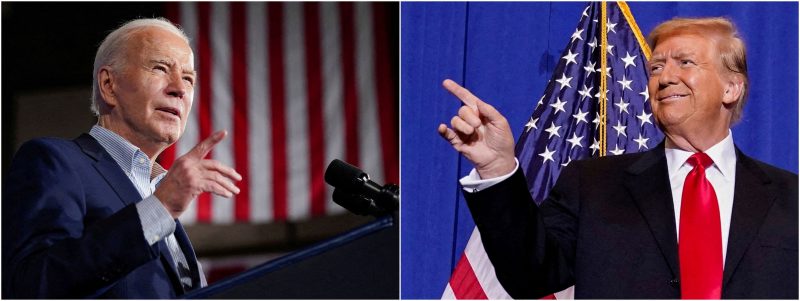The recent shift in party identification towards Republicans signifies a potentially challenging road ahead for Democrats as the November elections loom. Several factors have contributed to this phenomenon, raising concerns within Democratic circles about the impact on their electoral prospects.
One key driver behind the increasing Republican party identification is the growing discontent among certain segments of the population with the current state of affairs. Issues such as rising inflation, supply chain disruptions, and ongoing debates over pandemic-related policies have fueled dissatisfaction among many Americans. As a result, some individuals who may have previously identified as independent or Democrat are now turning towards the Republican party in search of solutions to these pressing challenges.
Furthermore, the messaging and strategies employed by Republican candidates and lawmakers are resonating with a broader swath of the electorate. In recent months, Republicans have focused on rallying support around themes of personal freedom, economic growth, and law and order. These messages have struck a chord with voters who prioritize these values, attracting them to the Republican party and strengthening its base.
Democrats, on the other hand, are facing hurdles in maintaining their support base amidst this changing landscape. The party’s messaging on issues such as social justice, climate change, and healthcare, while important to many voters, may not be as immediately pressing or resonant as the economic and security concerns at the forefront of public discourse. As a result, some individuals who may align with the Democratic party on these issues are opting for the Republican camp due to its perceived focus on more immediate challenges.
The shift in party identification towards Republicans also raises questions about the effectiveness of Democratic outreach and voter mobilization efforts. Democrats will need to reassess their messaging, engagement strategies, and candidate selection to retain and attract supporters in the lead-up to the elections. Building a compelling narrative around their policy proposals, addressing the concerns of disaffected voters, and galvanizing their base will be critical for Democrats to navigate the changing political terrain effectively.
As the electoral landscape continues to evolve, both parties will need to adapt to meet the shifting needs and priorities of the electorate. The surge in Republican party identification signals a potential uphill battle for Democrats in the upcoming elections, emphasizing the need for strategic recalibration and targeted outreach efforts to secure electoral success. The coming months will be crucial in determining the electoral fortunes of both parties and the future trajectory of American politics.
